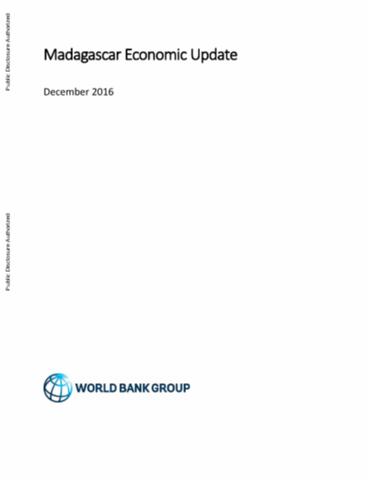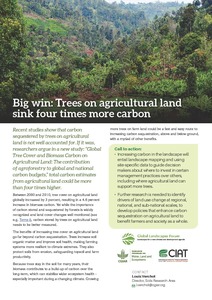Alimentación, agroecología y feminismo. Superando los sesgos de la mirada occidental
¿Qué comemos?, Donde comemos, con quien comemos? Como y quien ha cultivado, criado, elaborado y cocinado lo que comemos? Las respuestas a estas preguntas definen una cultura, una sociedad una economía y un territorio.







